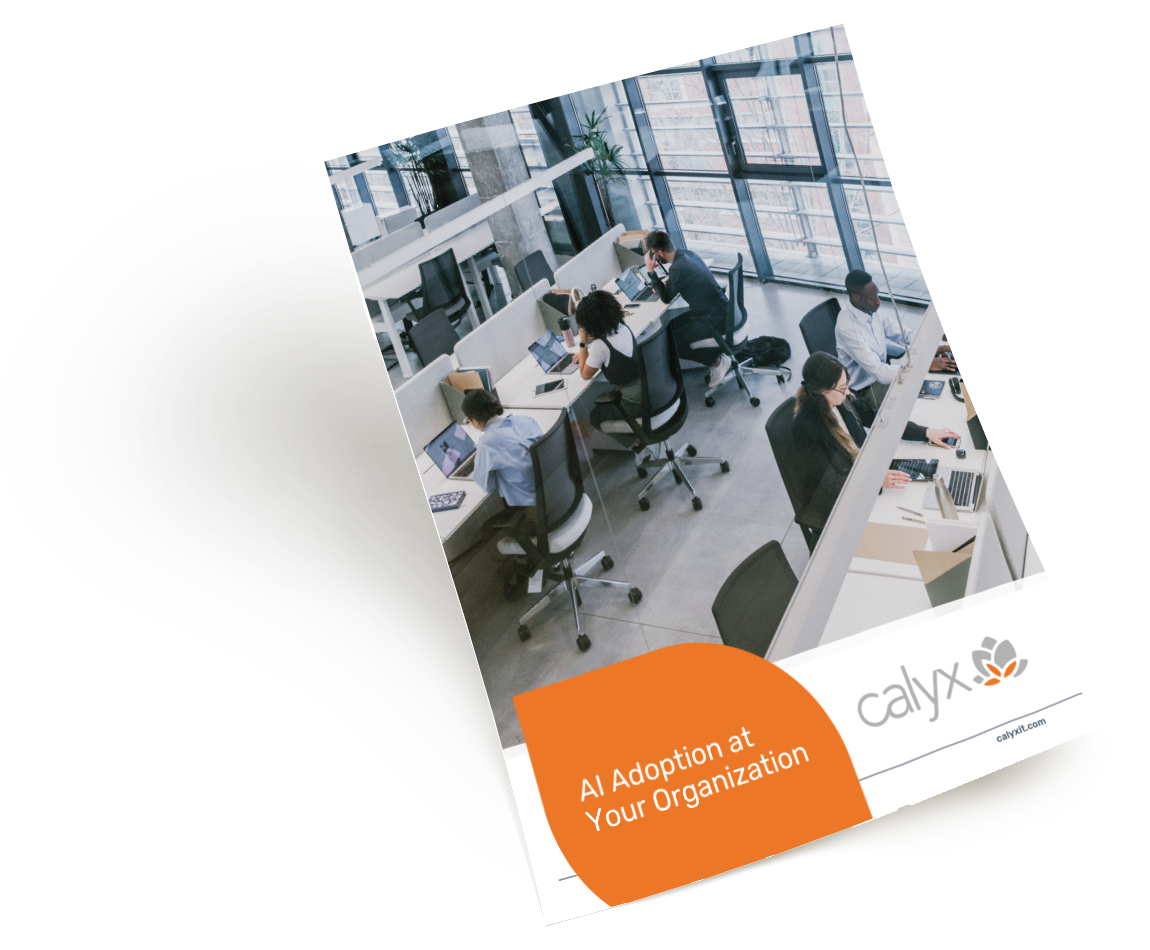Enhance scalability with flexible solutions
Protect your data with enterprise-grade security
Streamline operations with cloud management
Brighter Days Are Ahead With Our Cloud Computing Solutions
The cloud should be a tool for innovation, not a source of frustration. With our cloud computing IT services, you gain scalable, secure and expertly managed cloud infrastructure that empowers your business to thrive. At Calyx, we specialize in delivering cloud solutions designed to meet your unique needs, from cloud computing security to seamless migrations.
Ready to unlock the potential of the cloud? Let’s talk.
-
98.7% customer satisfaction scores (95% considered best in class)
-
Response time 2X faster than national average (Calyx averages 25 minutes)
-
Reduce IT issues by 75% compared to traditional MSPs
How does your current provider compare?
How Can a Secure Cloud Infrastructure Enhance Your Business?
Managed Cloud Services
Simplify cloud operations with tailored support from the experts at Calyx.
Cloud Migration
Increase productivity when you transition to the cloud without disruption or downtime.
Hybrid Cloud Solutions
Combine on-premises and cloud computing for maximum flexibility.
Cloud Optimization
Boost performance and cost-efficiency with proactive infrastructure management.
Cloud Security
Safeguard your data with robust, multi-layered security measures.
Data Backup and Recovery
Ensure fast recovery with reliable cloud-based data backup solutions.
Advanced Monitoring
Stay ahead of potential issues with real-time visibility into your cloud environment.
Are You Ready For AI?
Adopting AI is a transformative technology that increases productivity, streamlines data analysis and so much more. Our AI Adoption Guide helps you determine if your team is ready for this tool and dives deep into how to implement AI, how to avoid common mistakes and much more.
Download the guide now to see the benefits of AI in action at your organization.

Get the Guide
Our Raving Fans
“Calyx is a wonderful company and it starts at the top with their CEO, Jason Fordu. He brings so much commitment, drive and passion to all aspects of his company and that percolates to all levels of his staff. High quality and continuous improvement is expected and Calyx delivers.”
Bruce R.
president, manufacturing
“Calyx has consistently exceeded our expectations as a partner. Their solutions addressed our business needs, streamlining our workflows and most importantly improved our efficiency. The support team is responsive and available to assist. We highly recommend.”
Chris B.
partner, construction
“Great response time with experienced computer diagnosticians.
Have been a continuous customer for almost 10 years. Calyx is exceptional!”
Joe S.
founding partner, accounting, tax & consulting
Frequently Asked Questions About Cloud Computing IT Services
Find Peace of Mind
Tell us your tech headaches and goals
Get a customized plan for expert services and solutions
Love your IT again with an MSP that makes you feel special
